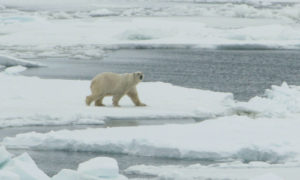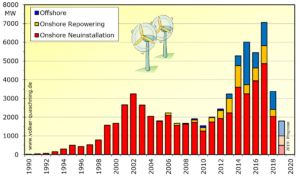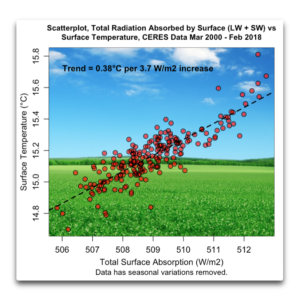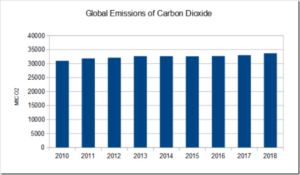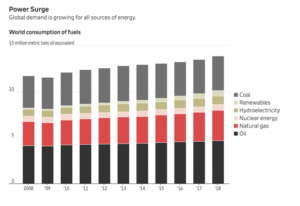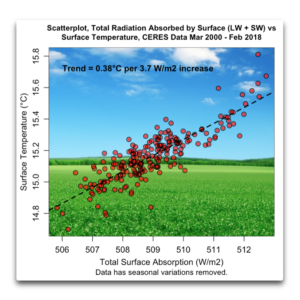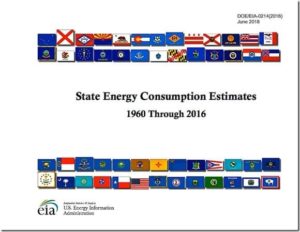by European Environment Agency, June 18, 2019
All parts of Europe’s energy system, from availability of energy sources to energy consumption, are potentially vulnerable to climate change and extreme weather events, according to a European Environment Agency report, published today. To secure reliable supply of clean energy, Europe’s energy system needs to adapt and become more climate resilient, the report states.
The EEA assessment ‘Adaptation challenges and opportunities for the European energy system’ analyses the needs for climate change adaptation and climate resilience in Europe’s energy system now and in the future. This assessment supports the clean energy transition, which involves a massive expansion of renewable energy sources, many of which are sensitive to climate factors.
The new assessment warns that climate change and extreme weather events increasingly affect all parts of the European energy system. The most important changes include increases in mean and extreme air and water temperatures, and changes in water availability, extreme climate‑related events, and coastal and marine hazards. These changes will affect the availability of primary energy sources — especially renewable energy sources — as well as the transformation, transmission, distribution and storage of energy, and energy demand.
…

